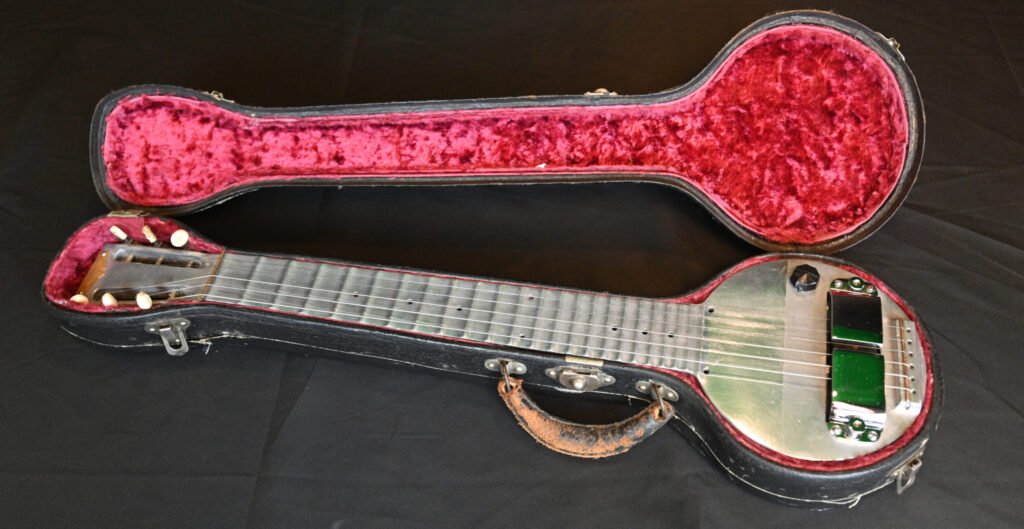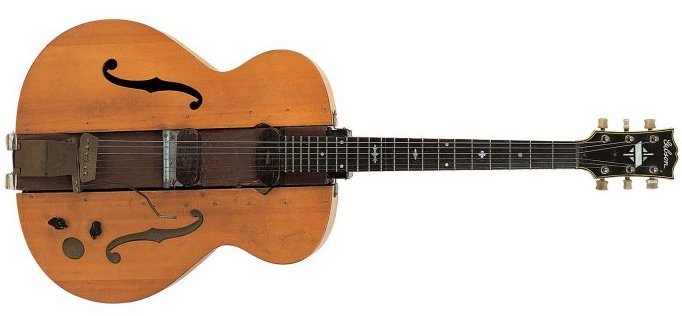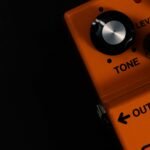The electric guitar stands as a symbol of modern music, shaping genres and cultural movements since its inception. The journey to its creation is a fascinating tale of innovation, experimentation, and the desire to amplify the guitar’s sound to be heard in a band setting. Here, we explore the milestones that led to the birth of the electric guitar and its impact on the music world.
Early Innovations and the Quest for Volume
The quest to amplify the sound of the guitar began in the early 20th century. Acoustic guitars struggled to be heard in large venues or against the powerful brass sections of big bands. Musicians and inventors alike sought solutions to increase the guitar’s volume without compromising its tone.
In the 1920s, several experimental designs emerged, including the use of carbon button microphones placed inside the guitar. However, these early attempts were plagued by poor sound quality and feedback issues. The breakthrough came with the development of electromagnetic pickups, which converted the vibration of the strings into an electrical signal that could be amplified.
The Role of the Rickenbacker Frying Pan
One of the earliest successful electric guitars was the Rickenbacker “Frying Pan,” developed by George Beauchamp and Adolph Rickenbacker in the early 1930s. This lap steel guitar featured a magnetic pickup that effectively amplified the sound. The Frying Pan’s success demonstrated the potential of electric amplification and paved the way for further innovations.

Les Paul’s Pioneering Efforts
Les Paul, a guitarist and inventor, made significant contributions to the development of the electric guitar. In the early 1940s, he experimented with a solid-body design to reduce feedback and enhance sustain. His prototype, known as “The Log,” consisted of a 4×4 piece of pine with pickups and an Epiphone neck attached. While unconventional, The Log showcased the advantages of a solid-body guitar.

Les Paul’s collaboration with the Gibson Guitar Corporation in the 1950s led to the creation of the iconic Gibson Les Paul model, which became one of the most famous electric guitars in history. Its solid-body design and humbucker pickups set new standards for sound quality and versatility.
Leo Fender’s Revolutionary Designs
Leo Fender, a radio repairman turned guitar maker, played a pivotal role in the electric guitar’s evolution. In 1950, Fender introduced the Broadcaster, later renamed the Telecaster, which was the first mass-produced solid-body electric guitar. Its simple yet robust design made it popular among musicians for its bright, cutting tone and reliability.
Fender’s next major innovation was the Stratocaster, introduced in 1954. The Stratocaster featured three single-coil pickups, a contoured body for comfort, and a revolutionary tremolo system. Its versatility and distinctive sound made it a favorite among guitarists across various genres.

The Electric Guitar’s Cultural Impact
The electric guitar revolutionized music, enabling new styles and techniques that were impossible with acoustic guitars. It became a cornerstone of rock ‘n’ roll, blues, jazz, and later, genres like heavy metal and punk. Iconic guitarists such as Jimi Hendrix, Eric Clapton, and Eddie Van Halen pushed the boundaries of what the electric guitar could achieve, inspiring generations of musicians.
Conclusion
The birth of the electric guitar is a testament to human ingenuity and the relentless pursuit of musical expression. From the early experiments with amplification to the groundbreaking designs of pioneers like Les Paul and Leo Fender, the electric guitar has transformed music and continues to inspire creativity and innovation. As we celebrate its rich history, we also look forward to the future advancements that will shape the soundscape of tomorrow.
For more in-depth information on the history of the electric guitar, check out resources such as [Guitar World](https://www.guitarworld.com/), [Fender](https://www.fender.com/), and the [Rock and Roll Hall of Fame](https://www.rockhall.com/).









